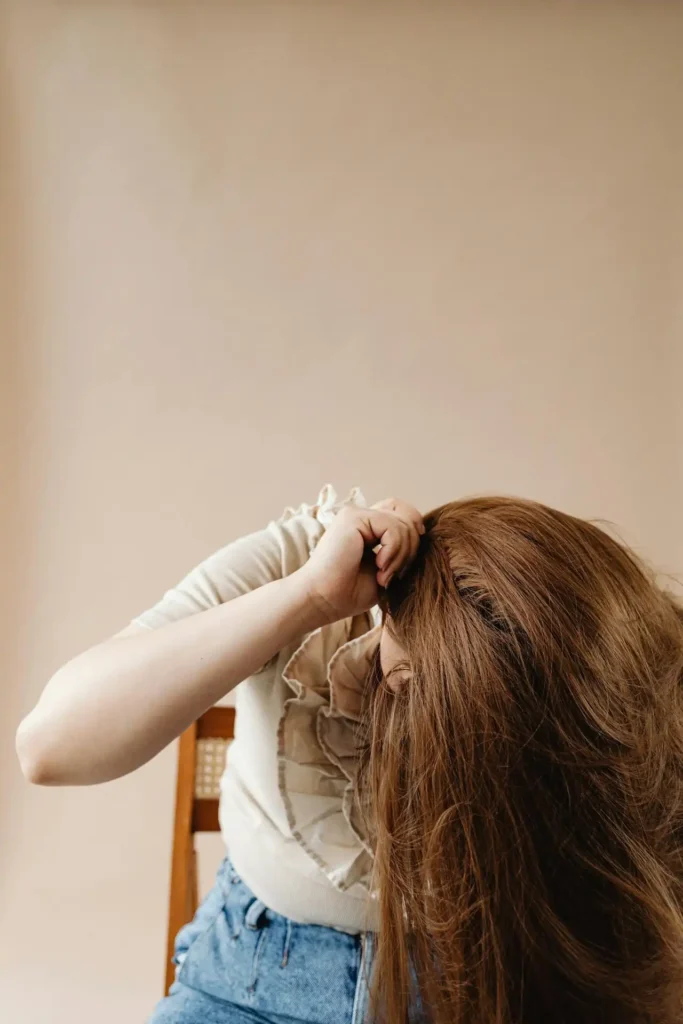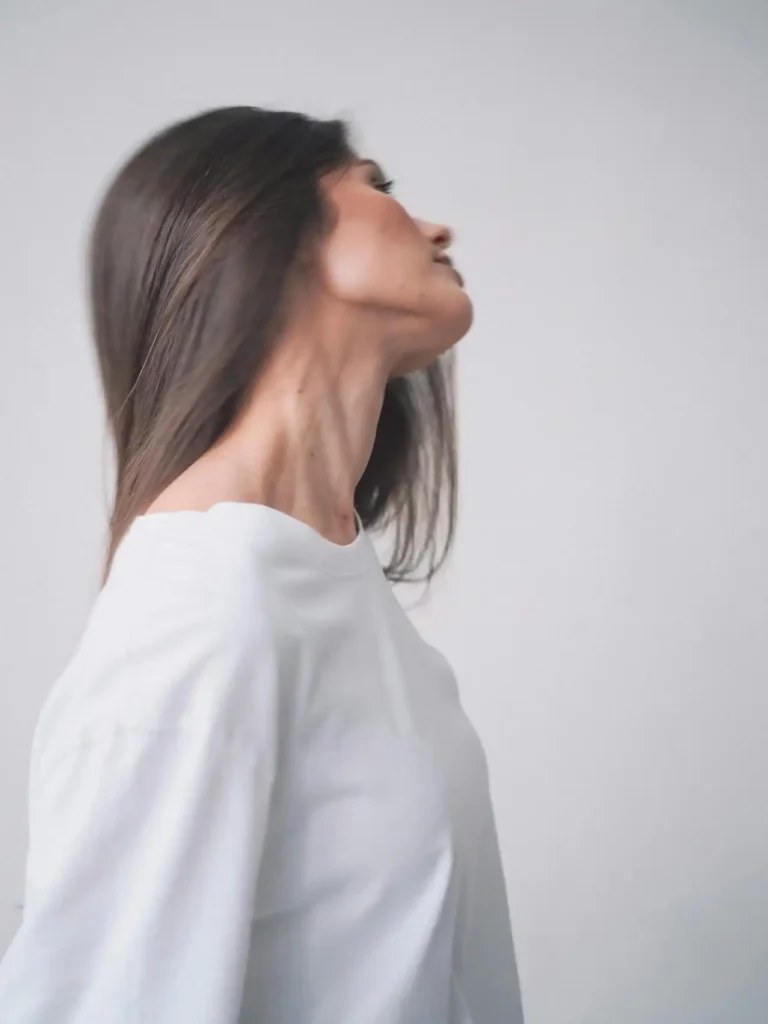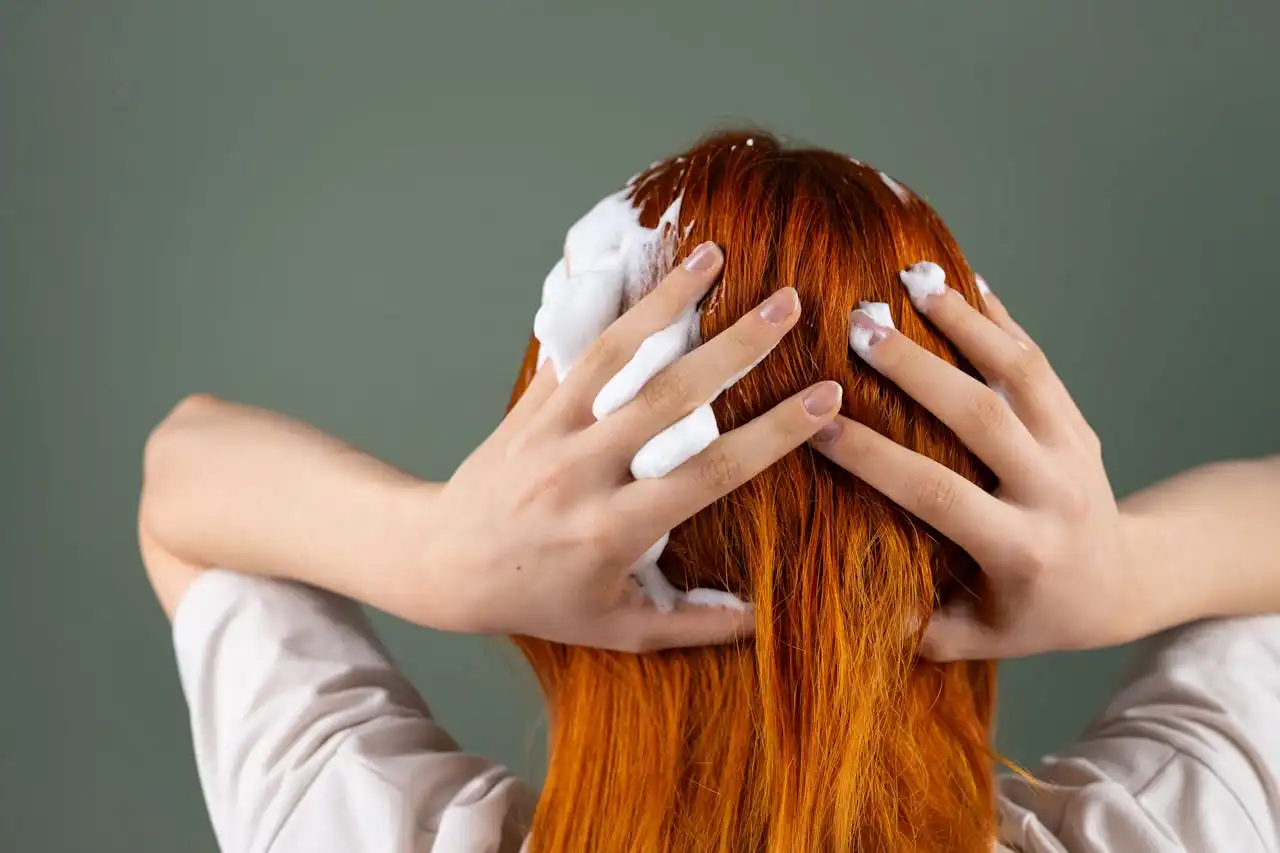How Often Should You Really Wash Your Hair?
You’ve probably stood in your shower countless times, wondering if you’re washing your hair too much or not enough.
The truth is, there’s no universal answer that works for everyone. Your hair type, lifestyle, and personal preferences all play starring roles in this daily dilemma.
Let’s dive into the science and practical advice that will help you find your perfect hair washing rhythm.
Understanding Your Hair’s Natural Oil Production

Your scalp produces sebum, a natural oil that keeps your hair moisturized and protected. Think of sebum as your hair’s built-in conditioning system.
However, the amount your scalp produces varies dramatically from person to person. As you age, especially after menopause, your scalp produces less oil naturally.
Some people have overactive sebaceous glands that pump out oil like a well-oiled machine.
If you’re one of these folks, you might notice your hair looking greasy by the end of the day, even after a morning wash.
Others have scalps that produce minimal oil. Your hair might feel dry and brittle, and you could go several days without washing while still looking fresh and clean.
Age also affects oil production. Teenagers and young adults typically produce more sebum due to hormonal fluctuations.
Hair Type Makes All the Difference
Your hair’s texture and structure determine how quickly oils travel from your scalp to your ends.
Straight hair acts like a superhighway for sebum, allowing oils to coat each strand efficiently. You’ll likely need to wash more frequently if you have straight hair.
Wavy hair creates a slightly bumpier path for oils to travel. Curly and coyly hair types have the most complex structure.
You might find washing every other day or every two days works best for maintaining that perfect balance between clean and moisturized.
The twists and turns in each strand make it difficult for natural oils to reach the ends. Your hair actually needs those oils to stay healthy and defined.
If you have curly or coily hair, washing daily could strip away the moisture your hair desperately needs. You might thrive on a once or twice-weekly washing schedule instead.
Fine Hair vs. Thick Hair Considerations
Fine hair tends to look oily faster than thick hair, even if your scalp produces the same amount of sebum.
Each strand of fine hair has less surface area, so the same amount of oil creates a more noticeable coating.
You might need to wash fine hair daily or every other day to maintain volume and prevent that limp, greasy appearance. Dry shampoo can become your best friend on off days.
Thick, coarse hair can handle longer stretches between washes. The abundant hair strands absorb and distribute oils more effectively.
You might discover that washing twice a week keeps your thick hair looking and feeling its best.
Dense hair also takes longer to dry completely. Washing less frequently saves you time and reduces heat damage from styling tools.
Lifestyle Factors That Influence Washing Frequency
Your daily activities significantly impact how often you should wash your hair. However, you don’t necessarily need to shampoo after every workout.
Athletes and people who exercise regularly build up sweat and salt on their scalp, which can cause irritation and odor if left unchecked.
Rinsing with water and using a light conditioner can remove sweat without stripping natural oils. Save the full shampoo routine for every other workout.
Your work environment matters too. Construction workers, chefs, and others in dusty or smoky environments accumulate more buildup than office workers.
You might need daily washing to remove environmental pollutants and maintain scalp health.
Climate plays a huge role as well. Humid environments can make your hair appear greasier faster, while dry climates might require less frequent washing to prevent moisture loss.
The Over-Washing Trap
Many people fall into the cycle of over-washing their hair. Breaking this cycle requires patience and gradual adjustment. Over-washing can lead to dry, brittle hair that breaks easily.
You wash daily because your hair feels oily, but frequent washing actually stimulates your scalp to produce even more oil to compensate for what you’re stripping away.
Start by extending the time between washes by just one day. Your scalp will initially produce excess oil, but it eventually recalibrates to your new routine.
The harsh detergents in many shampoos remove not just dirt and oil, but also the protective lipids that keep your hair healthy and shiny.
Your scalp might become irritated from constant cleansing, leading to itching, flaking, and even dermatitis in severe cases.
Signs You’re Washing Too Much or Too Little

Pay attention to what your hair and scalp tell you. Over-washing typically results in hair that feels dry and looks dull, even immediately after washing.
You might notice increased breakage and split ends. Under-washing presents different symptoms.
Your scalp could feel tight, itchy, or irritated. Ironically, over-washing can sometimes cause your scalp to produce more oil as it tries to compensate, creating a confusing cycle.
Your hair might feel heavy and look limp. You could notice an unpleasant odor or experience scalp itching due to buildup of dead skin cells and products.
Clogged hair follicles from infrequent washing can sometimes lead to scalp acne or folliculitis, especially if you use heavy styling products regularly.
Product Buildup and Clarifying Needs
Even if you wash regularly, styling products, dry shampoo, and environmental pollutants can accumulate on your hair shaft.
This buildup makes your hair look dull and feel heavy, regardless of your washing frequency.
You might need a clarifying shampoo once a week or every few weeks, depending on how many products you use.
Clarifying shampoos contain stronger detergents that remove stubborn buildup but should be used sparingly.
Hard water can also cause mineral buildup on your hair. A clarifying treatment or chelating shampoo can help restore shine and softness.
If you live in an area with hard water, you might notice your hair feeling rough or looking cloudy even after washing.
Special Circumstances and Adjustments
Certain life events and conditions require temporary adjustments to your hair washing routine.
Hormonal changes during pregnancy, menstruation, or menopause can alter oil production dramatically.
Medications, particularly those affecting hormones or circulation, might change how your scalp behaves.
Birth control, antidepressants, and blood pressure medications are common culprits. Seasonal changes often call for routine adjustments.
You might need to wash more frequently in summer due to increased sweating and humidity, while winter’s dry air might allow for longer stretches between washes.
Stress can also impact oil production and scalp health. During particularly stressful periods, you might notice changes in how your hair responds to your usual routine.
Creating Your Personal Hair Washing Schedule
Start by assessing your current routine honestly. Keep a hair diary for two weeks, noting how your hair looks and feels each day, when you wash it, and what products you use.
Experiment gradually with extending or shortening the time between washes. Most people benefit from washing every 2-3 days, but your sweet spot might be daily washing or once weekly.
Consider alternating between full shampoo sessions and water-only rinses or co-washing (using conditioner only). This approach can help maintain cleanliness while preserving natural oils.
Don’t forget that your needs might change seasonally or as you age. What works perfectly in your twenties might need adjustment in your forties.
The Role of Dry Shampoo and Alternatives
Dry shampoo has revolutionized hair care routines, allowing you to extend time between washes without sacrificing appearance. It absorbs excess oil and adds texture and volume to limp hair.
Spray it on before bed to let it work overnight, then brush it out in the morning for maximum oil absorption.
Apply dry shampoo before your hair becomes visibly oily for best results. However, dry shampoo isn’t a permanent replacement for washing.
Overuse can lead to product buildup, clogged follicles, and scalp irritation. Use it as a bridge between wash days, not as a long-term substitute.
Alternative approaches include using cornstarch or arrowroot powder as natural dry shampoos, or simply brushing your hair thoroughly to distribute oils from roots to ends.
Professional Advice and When to Seek Help
If you’re struggling to find the right balance despite trying different approaches, consider consulting a dermatologist or trichology’s.
Underlying scalp conditions like seborrheic dermatitis, psoriasis, or fungal infections can affect how often you should wash your hair.
Professional colorists and stylists can also provide personalized advice based on your hair’s chemical treatment history and styling needs.
Color-treated hair often requires less frequent washing to maintain vibrancy. Some people have medical conditions that affect their hair washing needs.
Those with mobility issues might need to adjust their routine for practicality, while individuals with certain skin conditions might require medicated shampoos used on specific schedules.
Building a Sustainable Routine

Your perfect hair washing routine should fit seamlessly into your lifestyle while keeping your hair and scalp healthy. It shouldn’t require expensive products or hours of styling time.
Focus on quality over quantity when it comes to hair products. A good shampoo and conditioner suited to your hair type will serve you better than a cabinet full of mediocre products.
Remember that consistency matters more than perfection. It’s better to maintain a routine you can stick to than to attempt an elaborate regimen you’ll abandon after a few weeks.
Listen to your hair and be willing to make adjustments as needed. Your optimal washing frequency today might not be the same in five years, and that’s perfectly normal.
Conclusion
Finding your ideal hair washing frequency is a personal journey that depends on your unique hair type, lifestyle, and preferences.
Start with 2-3 times per week and adjust based on how your hair responds.







